Drowning doesn't necessarily mean flailing arms and calling for help. These are the silent signs of drowning you need to know.
11 Silent but Deadly Signs Someone’s About to Drown

Drowning commonly causes accidental death
Drowning is the second-most common cause of accidental death in children ages 1 to 14 (just behind motor vehicle accidents.) In a 2004 study by a national safety group, 90 percent of children who drowned did so while under the care of an adult or teenager. In many cases, the study suggests, that person had a momentary lapse of attention.
But the fact is that often those watching don’t know what to look for—because drowning doesn’t look like drowning. To ward off a tragedy in the making, watch for these signs that someone is in trouble.
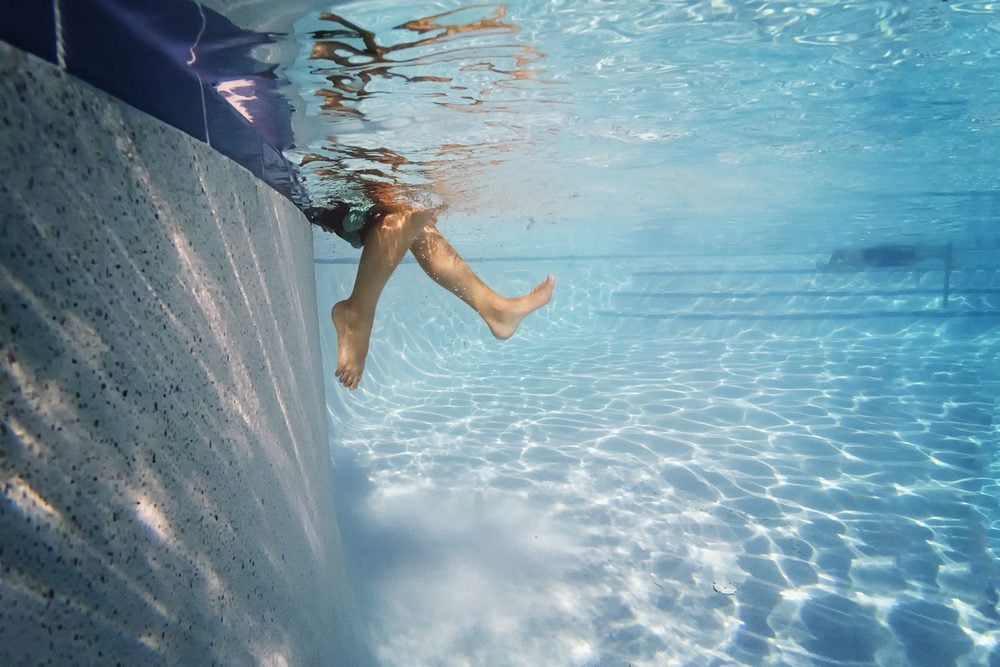
They are hyperventilating or gasping
When a drowning victim is gasping for air, they could also take water into the mouth, the American Red Cross lifeguard handbook notes. And for young children, who are in a horizontal face-down position, they are unable to keep the mouth about the water’s surface at all.
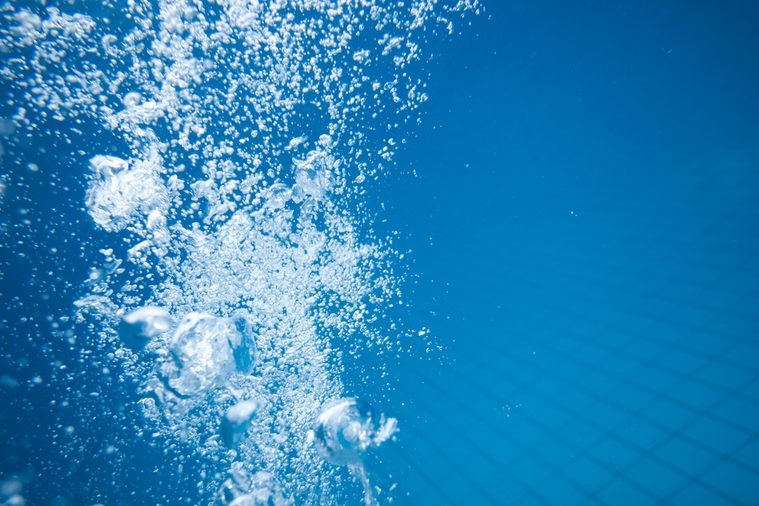
They can’t call for help
They have to be able to breathe before they can speak. When a person is drowning, their mouth sinks below and reappears above the surface of the water. There isn’t time for them to exhale, inhale, and call out. Memorize these beach safety rules that can seriously save your life.
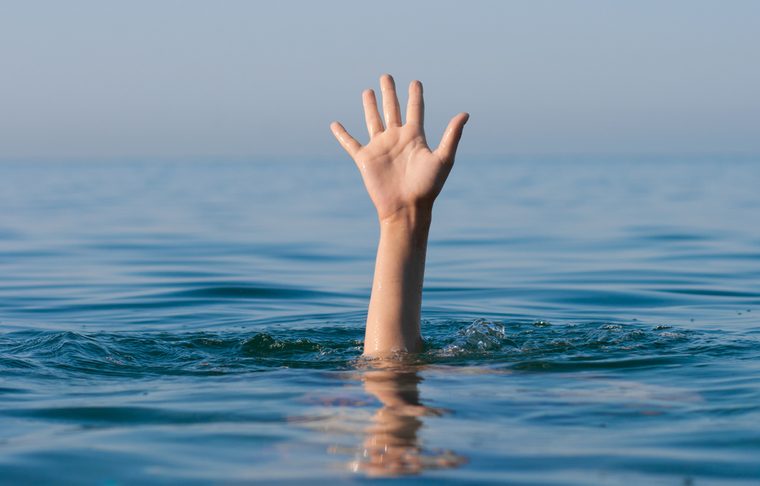
They can’t wave for help
A drowning person instinctively extends their arms to the sides and presses down to lift their mouth out of the water; a child may extend her arms forward. They can’t use their arms to move toward a rescuer or reach for rescue equipment.
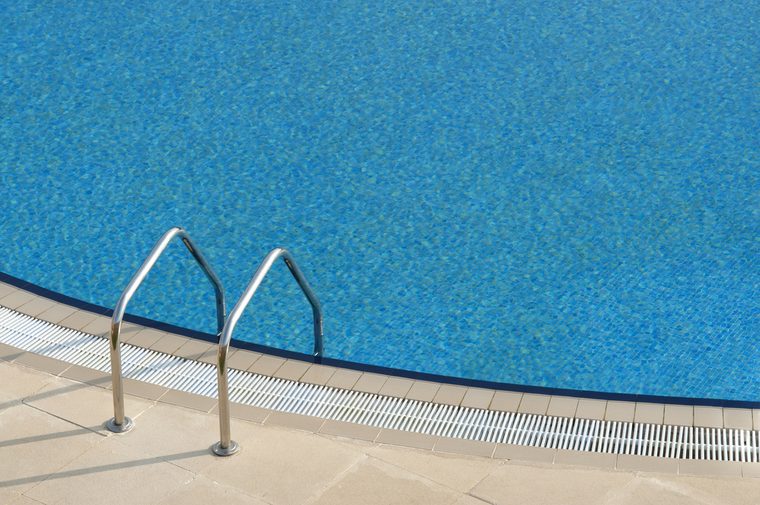
They remain upright in the water
There is no evidence of kicking either. They can struggle for only 20 to 60 seconds before going under. Don’t miss these summer health dangers you are probably ignoring.
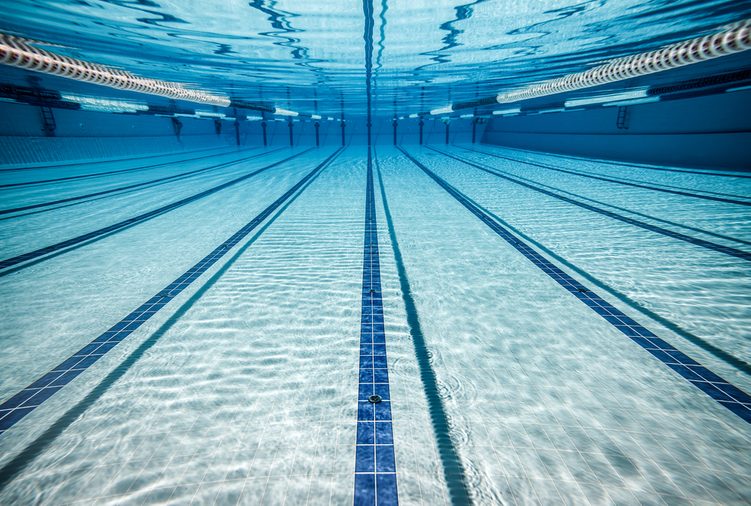
Their eyes are glassy
They may also be unable to focus or simply closed.
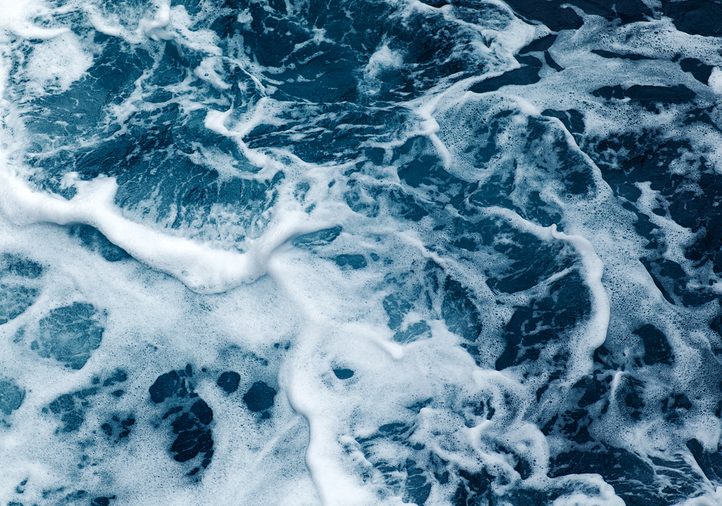
Their face may be hard to see
Hair might be covering their forehead or eyes.
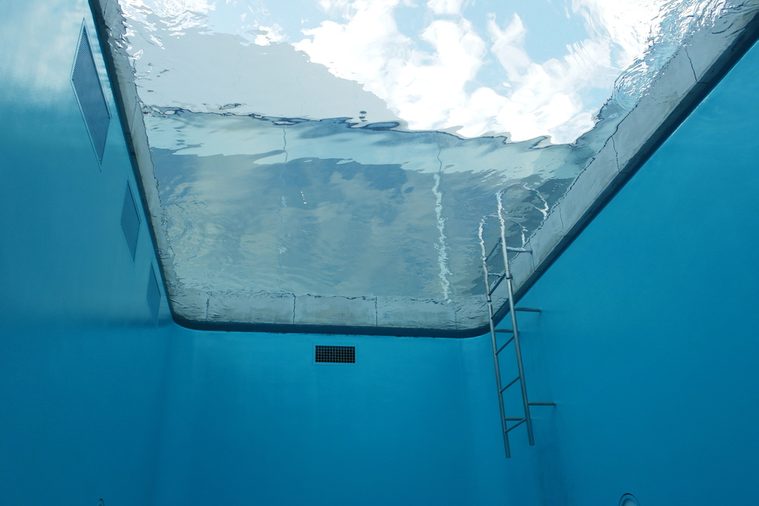
Their head is low in the water
Their mouth is at water level, or their head may be tilted back with the mouth open. A child’s head may fall forward. Here are more sneaky backyard dangers you need to be aware of this summer.
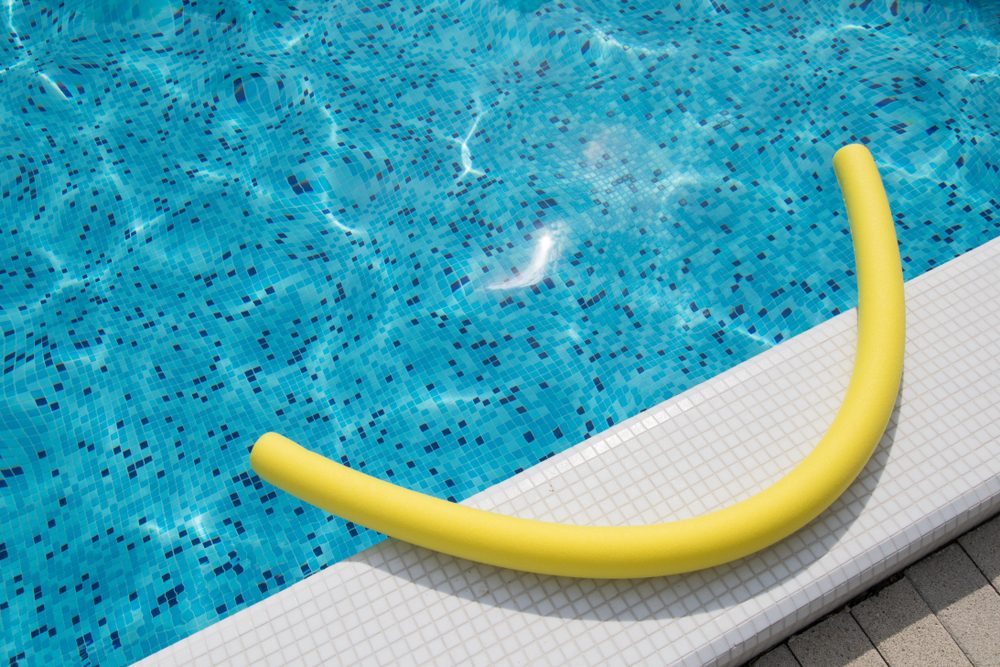
They are quiet
Children playing in the water make noise. When they get quiet, you need to get to them and find out why.
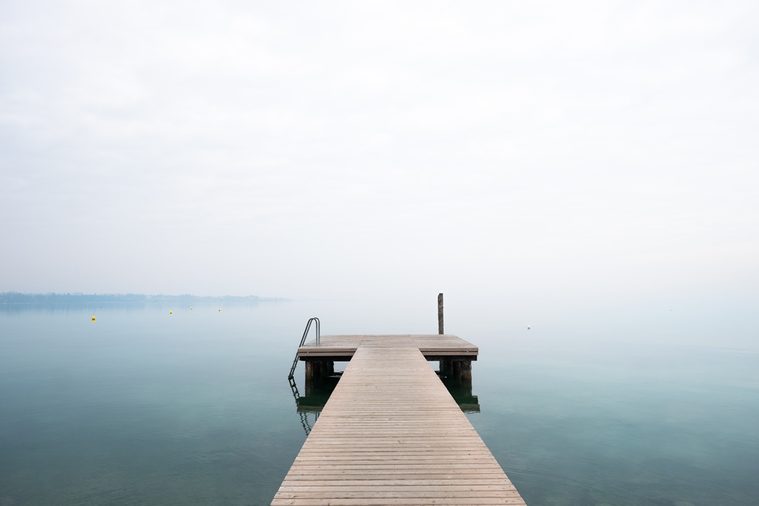
They don’t seem in distress
Sometimes the most important indicator that someone is drowning is that they doesn’t look like they are drowning. They may just seem to be looking up at the sky, shore, pool deck, or dock. Ask them, “Are you all right?” If they can answer at all, they probably are. If they return a blank stare, you may have less than 30 seconds to get to them.
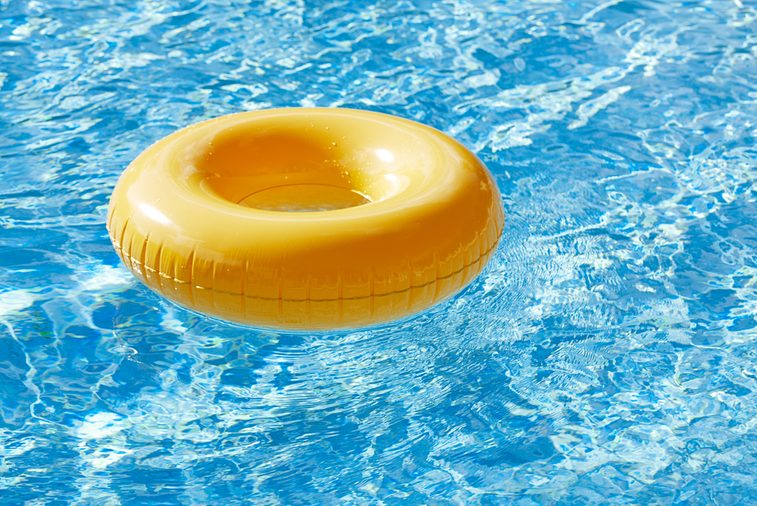
They are trying to roll over on their back
Another behavior of distressed swimmers and drowning victims is a vertical body position where the person is slightly leaning back. Look out for these hidden pool dangers everyone should know.

They are trying, and failing, to swim in a particular direction
According to the American Red Cross, a drowning victim can’t make any forward progress or tread while in the water. “A young child may appear to be doing a ‘doggy paddle’ but has no forward progress,” according to the official lifeguarding manual. All efforts are devoted strictly to getting air. Next, check out these water safety secrets all lifeguards want you to know.


















